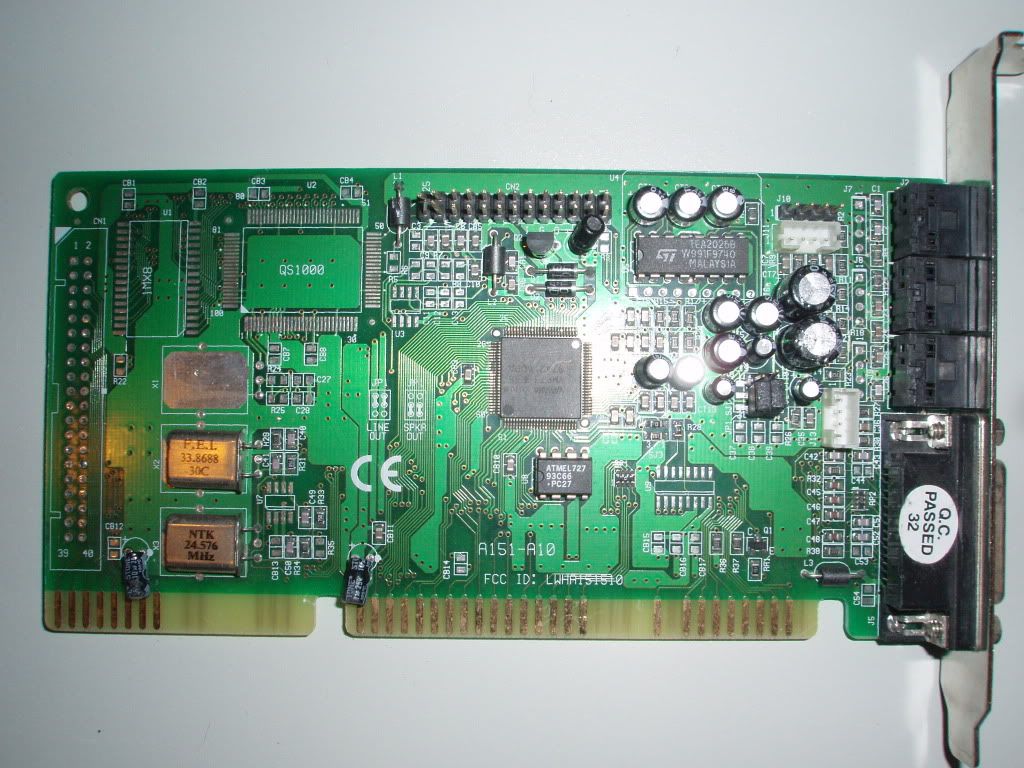Overview:
The ThunderBoard was MediaVision's answer to the Sound Blaster. In other words, a sound blaster clone. Since their ori […]
Show full quote
Overview:
The ThunderBoard was MediaVision's answer to the Sound Blaster. In other words, a sound blaster clone. Since their original Pro Audio Spectrum was not compatible with the sound blaster digital audio standard they made this card to fill the void. The chip it uses was later used in the Pro audioSpectrum plus and The PAS 16.
As a sound blaster substitute its actually quite decent.
You have jumpers on the card to configure the adress settings but otherwise this card is pretty much as plug&play as it gets. I did not even need to install a driver in DOS. I just plugged that thing in. Without adding anything in the Config and autoexec files, it just worked in all the games i tried. Now this ease of use level is not the most common thing you would have experienced back in the days. This being said there is a "driver" package I did install but all it did was copy some relevant (optional) utilities on the HDD.
Sound wise its good but I still prefer the original sound blasters 1.5 and 2.0 . The ThunderBoard sounds a little more boomy (no pun intended ) and i think the SB cards are a little more balanced. The compatibility is not perfect either, i did not get music in Comanche Maximum overkill and Monkey island was very messed up ( see the recording its quite funny).
This being said, Monkey island seems to never work properly with OPL2 based sound blaster clones.
The output is also a bit more noisy the the original sound blasters. It seems that it is coming from the digital audio engine. If I deactivate the sound effect in a game an leave only FM music, i notice the noise level is much lower. Games like Wolf3d are most affected.
As a conclusion, the Thunderboard is a nice card and a very decent SB clone. You would not have felt left out using it back in the day, unless CMS was your thing, then you would have been jealous of your neighbor with his soundblaster 1.0
Nowaday its still a nice card to have for a collecting point of view. Its also a nice card to use in a retro rig if you do not have access to an original sound blaster but I dont see a reason to use it if you can use a real sound blaster instead. The real thing gets you better compatibility, slightly cleaner output and CMS compatibility as an option.


